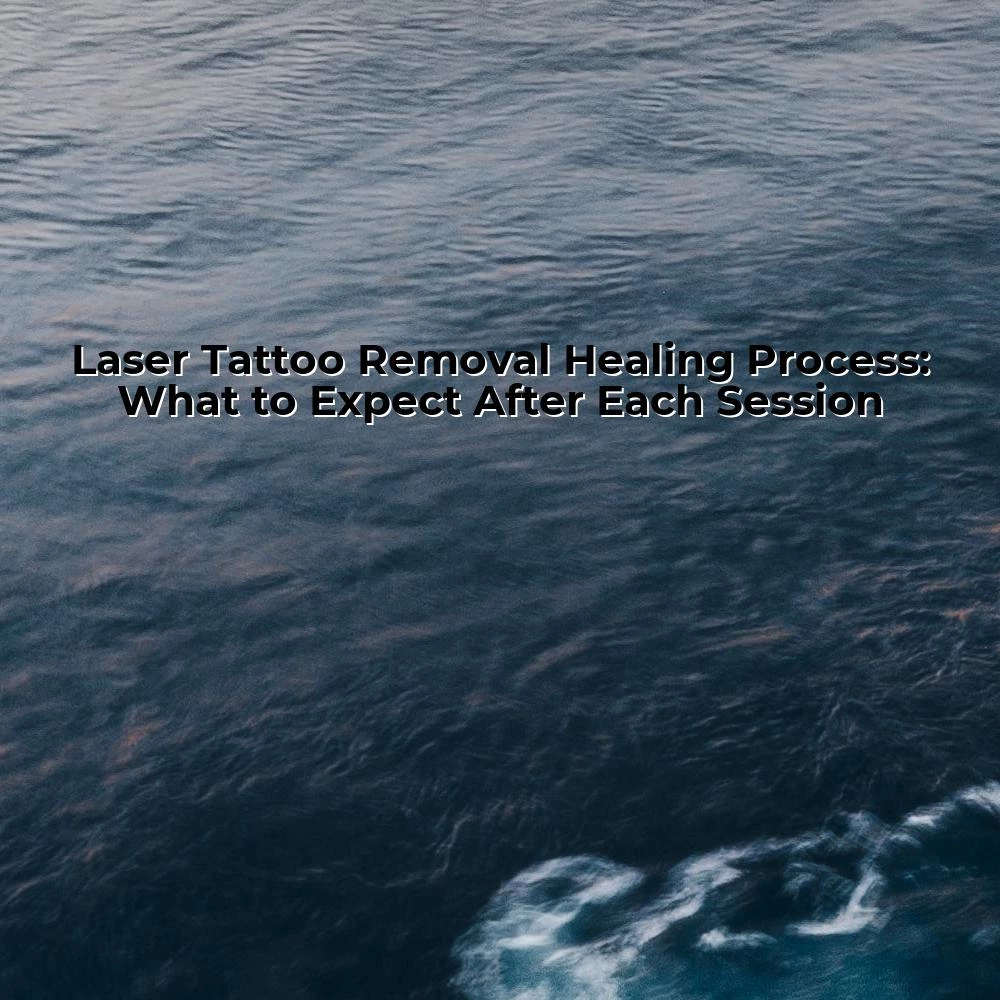Laser Tattoo Removal Healing Process
| Visit:102

Laser Tattoo Removal Healing Process
Laser tattoo removal has become an increasingly popular solution for those wishing for a fresh start from their inked past. As medical professionals, it is not only vital that more is understood about the procedure but also the laser tattoo removal healing process. This process, though varying from individual to individual, generally follows a preestablished sequence of phases.
Laser tattoo removal begins by targeting ink pigments in the dermis, the second layer of our skin. The high-intensity laser beams used shatter the ink particles into minuscule fragments, which are then naturally eliminated by the body's immune system. What is even more interesting, however, is the healing process after each session of this treatment [https://www.ciellulu.net/].
For the first few hours following a session, the treated area may appear red and swollen. This is a standard reaction of the body that emerges due to the high energy induced to break the ink particles and from minor skin disruption. Some patients might also experience blistering, in which case, topical antibiotic ointments are generally recommended to prevent any infections and aid in the healing process.
Within a week post-treatment, the patient might notice that the area starts to peel or flake, similar to a healing sunburn. It's essential during this stage that the patient avoids scratching or irritating the treated area to prevent any scarring risk. Observing regular moisturizing schedules can mitigate such occurrences effectively.
1-3 months after each session, the color of the tattoo starts to fade away gradually, signifying that the body's immune system is working to remove the fragmented ink particles. This stage of the laser tattoo removal healing process marks significant transitional progress showing visible outcomes.
Around 3 months post-treatment, viewable signs of tattoo fading become more noticeable. It is important to schedule follow-up sessions only after 6-8 weeks after the previous treatment. This time-interval allows the body ample time to eliminate the fragmented ink particles from the treated area, and the skin restores to a slightly more normal condition.
The laser tattoo removal healing process is undoubtedly a lengthy procedure that requires patience. It might take several sessions, spaced out by few weeks, for the entire ink to be removed vis-a-vis the dimension, color, and type of tattoo. However, patients should always adhere to the aftercare instructions provided by medical professionals to ensure effective treatment and faster recovery duration.
In conclusion, medical professionals play a crucial role in not only providing laser tattoo removal procedures but also guiding patients through the healing process. Understanding the laser tattoo removal healing process allows doctors to manage patient expectations better, provide necessary aftercare instructions, and ensure optimal treatment results. As always, reminding patients about the length and commitment of the ongoing process is essential to ensure a smooth journey towards an ink-free future.
For more detailed knowledge on laser tattoo removal healing process, visit [https://www.ciellulu.net/]. As a medical professional, keep striving for excellence in ensuring the patient's well-being and satisfaction, throughout the procedure and the healing stages, to redefine the success of laser tattoo removal treatments.




 Ciellulu Laser - Facial Machine Supplier
Ciellulu Laser - Facial Machine Supplier

